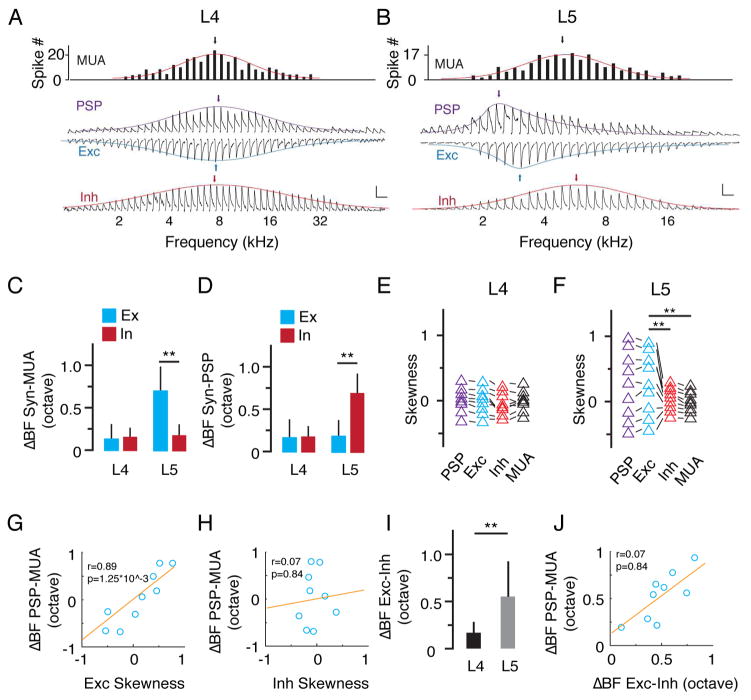Figure 4. Skewed excitatory inputs dominantly contribute to the tuning diversity in L5.
(A, B) Tuning curves of MUA, PSP, excitation and inhibition at 60 dB SPL for an example neuron. The colored curves are fitted normal or skew normal distribution functions. The arrow points to the BF. Scale: 10 mV for PSP; 200 pA for Exc; 150 pA for Inh, 200 ms for all. (C) Difference in BF between synaptic input and MUA. Blue, excitation; red, inhibition. **, p < 0.01, Welch t test. (D) Difference in BF between synaptic input and PSP. **, p < 0.01, Welch t test. (E) Skewness of PSP, excitation, inhibition and MUA tuning in L4 neurons. Data points obtained from the same neuron were connected with lines. (F) Skewness of PSP, excitation, inhibition and MUA tuning in L5. **, p < 0.01, F test. (G) Difference in BF between PSP and MUA plotted against the skewness of excitatory tuning. Red line is the best-fit linear regression line. (H) Difference in BF between PSP and MUA plotted against the skewness of inhibitory tuning. (I) Difference in BF between excitation and inhibition (absolute value) in L4 and L5, **, p < 0.01, Welch t test. (J) Difference in BF between PSP and MUA plotted against that between excitation and inhibition.

